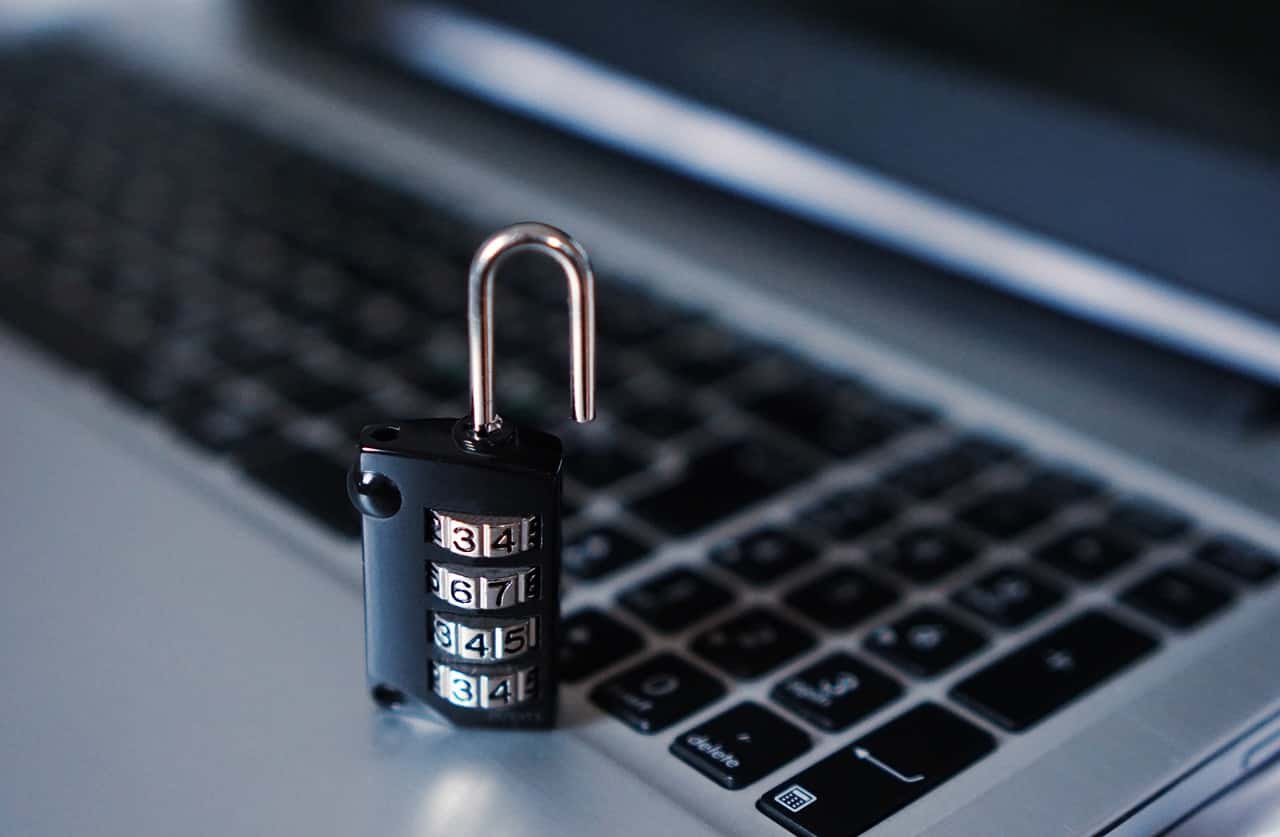
In a bold stride towards fortifying Europe’s power grid, the eFORT project has embarked on developing a digital twin to enhance cybersecurity. Funded by Horizon Europe and initiated in September 2022, this pioneering effort aims to revolutionise grid security through cutting-edge technology. The Dutch demonstration, led by TenneT and Delft University of Technology, is not just about creating a digital replica of the grid but also about deploying applications based on this technology to prevent failures and ensure swift restoration after outages.
The digital twin leverages artificial intelligence, including graph neural networks and machine learning, to proactively defend against cyber threats. With foundational work completed, the project’s focus on resilience, security, and sustainability promises to shape the future of European power grids. The eFORT project’s comprehensive approach, spanning four years and involving multiple European demos, marks a significant advancement in the energy sector’s battle against cyber-physical threats.
The eFORT project’s digital twin represents a significant leap in the effort to protect Europe’s energy infrastructure. By modelling the power grid in a virtual space, experts can simulate and analyze threats in real-time.

A multifaceted approach to security
A key aspect of the eFORT project is its focus on both cyber and physical threats to the grid. The project aims to address these challenges with a multifaceted approach, developing solutions that not only counteract potential cyber-attacks but also ensure the physical integrity and sustainability of the grid. The integration of a greener energy mix into the project’s vision reflects a comprehensive understanding of today’s energy landscape and its evolving demands.
Deployment and future outlook
The eFORT project is set to test and validate its solutions through a series of European demonstrations, slated to begin in the first half of 2025. These demonstrations will cover a range of scenarios, from IoT and blockchain applications in Spain to flexibility and islanding in Italy’s mountainous regions. The project’s €9.3 million investment underscores the significant commitment to safeguarding Europe’s power grids against an array of modern challenges, with a consortium of 23 members working in unison towards this goal.








